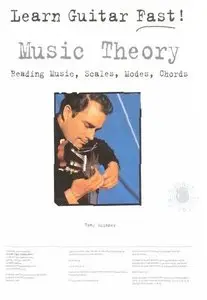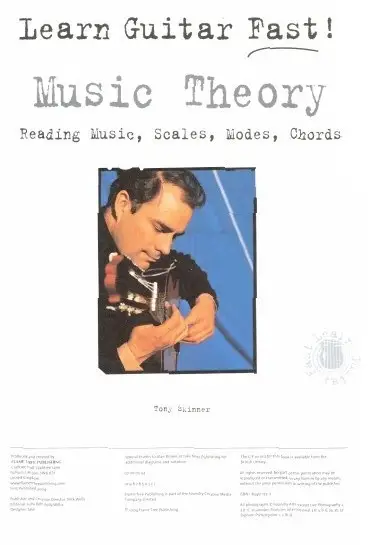Learn Guitar Fast - Music Theory - Reading music, Scales, Modes, Chords
English | PDF | 48 Pages | 15.8 MB
Some of the world's greatest guitarists cannot read musical notation - it is not essential if you know your chords and can use TAB - but being, able to lead music can be an extremely useful skill, especially if you are teaching yourself or if you spend a lot of time playing new music at sessions or jams. For beginners, a sheet of lines, black blobs and unfamiliar symbols can be rather daunting to say the least, but with the help of this no-nonsense guide you will soon find yourself sailing through pieces without even thinking about how they are written. This book is divided into three sections; the first guides you through the stages of learning to read musical notation, from the basic level of key signatures and clefs, through the uses of notes and rhythms, to the more complex issues of harmony and dynamics. With clear explanations, accompanied by plenty of diagrams and examples, you will soon find yourself progressing onto the more advanced performance material, such as ornamentation and accents. The second part concentrates on ways In which you can employ your new musical knowledge. Being able to transpose, recognise and reproduce melodies and chords can be very handy If you play in a band. There is also information on how to improve your improvisation skills - invaluable for lead guitarists or for those who play in regular jam sessions. The third section details the types of scale used in a wide range of different musical styles, from the commonly used major and minor scales to some of the more obscure varieties found in jazz and folk music. Knowing your scales can help with improvising, as well as when writing your own compositions. Notations and fretboxes are provided for all the scales, enabling you to experiment with the various sounds and moods they create.







